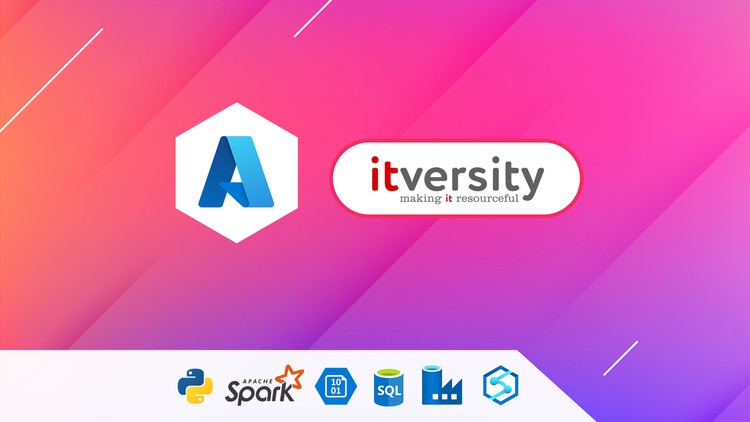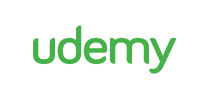1. Introduction to ETL Logic and Application Architecture
2. Overview of ETL using ADF Data Flow
3. Getting Started with Azure Data Factory for the ETL Logic
4. Review Linked Service and Datasets for Azure SQL Database and Tables
5. Create ADF Data Flow with Azure SQL Database Table as Source
6. Review ADF Data Flow Source Options for Database Table
7. Create ADF Data Flow Source using Azure SQL Query
8. Run ADF Pipeline with Source using Azure SQL Query
9. Define and Use Parameters in ADF Data Flow Source with Azure SQL Query
10. Run ADF Pipeline with SQL Query Source using Parameters
11. ADF Data Flow Join Orders and Order Items
12. Run ADF Data Flow with Join between Orders and Order Items
13. Troubleshoot Issue in ADF Data Flow Source Query
14. Run and Validate ADF Data Flow with fix
15. Add Aggregate to ADF Data Flow
16. Run ADF Pipeline to Compute Daily Product Revenue
17. Create Target Table in Azure Synapse Dedicated SQL Pool
18. Create Linked Service and Dataset for Azure Synapse Table
19. Update and Run ADF Data Flow Sink with Synapse Dataset
20. Pause or Delete Azure Synapse Dedicated SQL Pool

